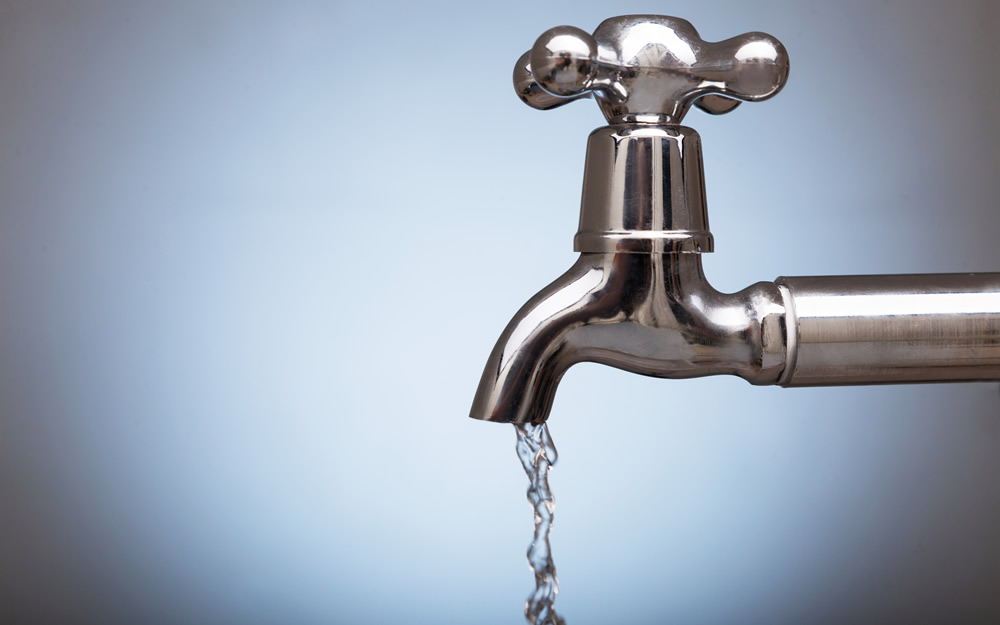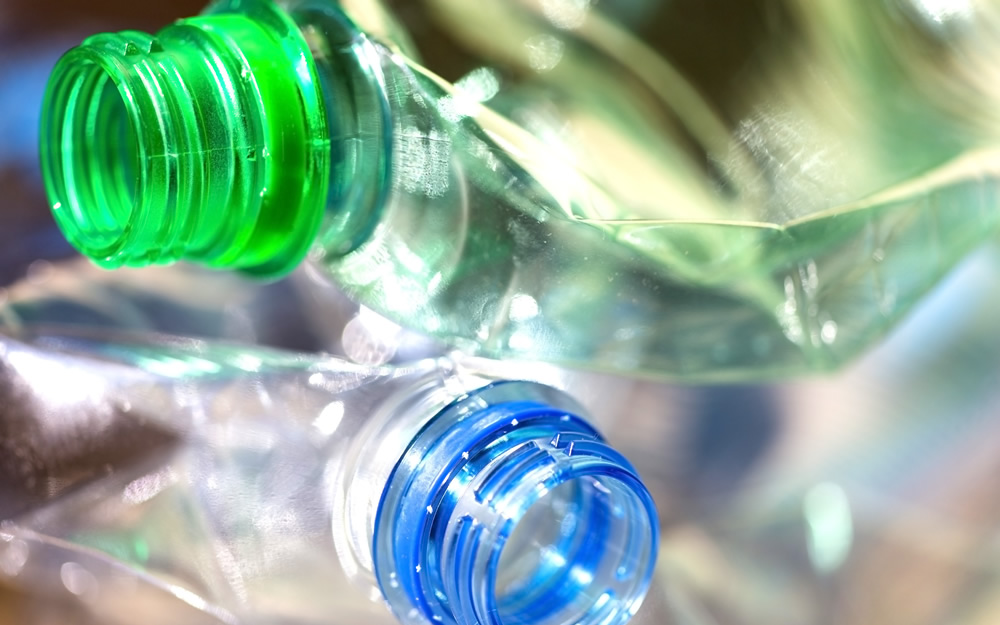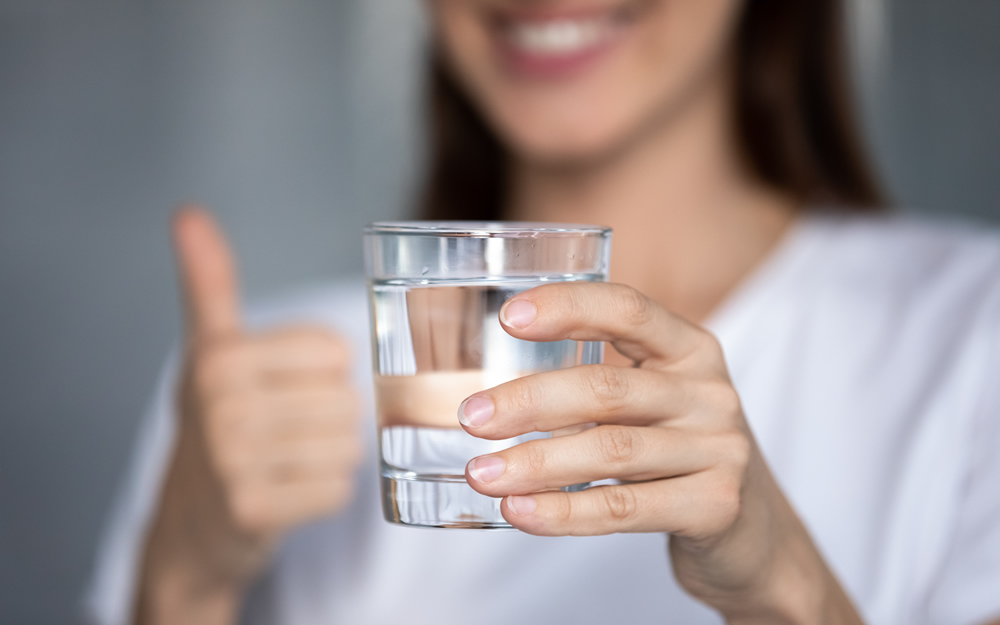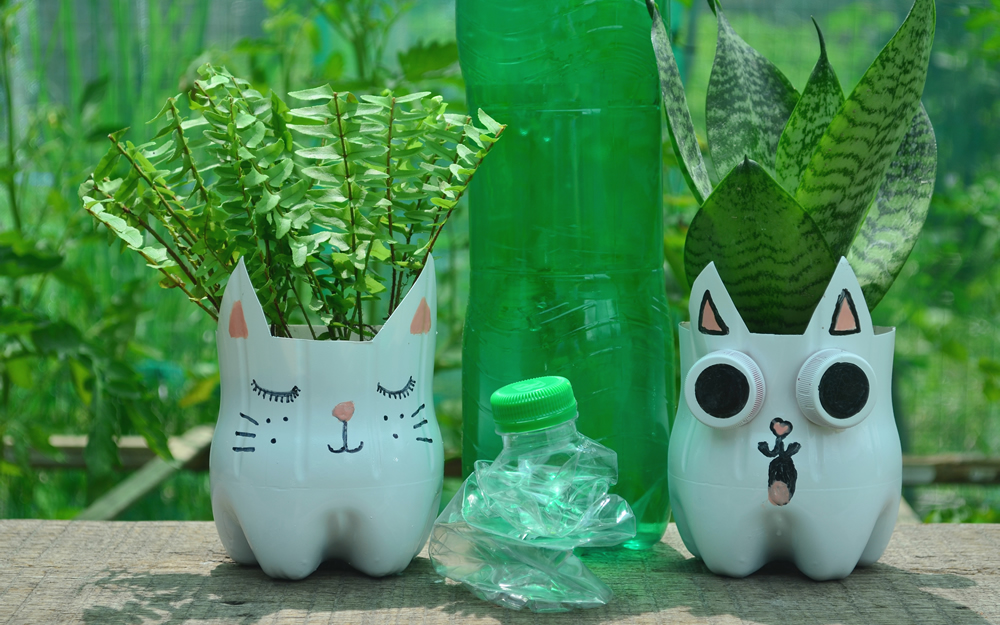- Home /
- Green life /
- Microplastics and clothing: tips for an environmentally friendly wardrobe
Microplastics and clothing: tips for an environmentally friendly wardrobe

Choosing the right clothes and washing them in a sustainable way helps to limit microplastic pollution in our oceans.
It's difficult to imagine that the effects of simple actions like buying a new outfit or loading the washing machine can be felt thousands of kilometres away, in a place seemingly unrelated to our daily existence. But it's true: our clothes release tiny fibres every time we wash them. These microfibres are so small that they are not picked up by our washing machines filters, or even at the water treatment plant, and so ultimately they end up in our rivers and seas. So let's talk about microplastics and clothing.
Microplastics and clothes: some important facts
According to the International Union for Conservation of Nature1, of the 1.4 trillion microfibres present in our oceans, 35% come from textile production and household laundry. And there's more. A study2 published in the scientific journal Nature Communications showed that microplastics originating from the wardrobes of Europe and North America could cross the Atlantic, travelling as far the Arctic Ocean, to pollute one of our most biologically important areas, home to a great diversity of fish, plankton, birds and marine mammals.
It is estimated that microplastics from clothing washed in a machine in Great Britain would take just a few years before they wound up polluting these icy waters. But this doesn’t have to be a foregone conclusion. A few simple and positive changes can make all the difference: this really is a case where individuals actions count.
Reduce the microplastics in your clothing by choosing the right items
When you buy a new item of clothing, opt for quality pieces that will last, and avoid fast fashion. Vintage and second-hand items represent a good choice for quality items at more accessible prices. And with regard to the fabric? Natural or mixed fabrics are better than acrylic or polyester. Among the synthetic fibres on offer, nylon 66 - a very durable polyamide - is the best option. A general rule of thumb is that denser, more compact fabrics are less polluting, as they fray less during washing.
Adopt sustainable washing habits
- Wash at 40° or lower: low washing temperatures help to limit the dispersal of microplastics from fabrics, in addition to keeping energy bills down, protecting the colour of your clothes and ensuring they last for longer.
- It is also advisable to reduce friction between items of clothing inside the machine: only send it round with a full load, opt for low-speed spin cycles and avoid overly long programmes.
- Use delicate laundry soap and opt for environmentally friendly formulas. Don't forget to use an eco-friendly fabric softener, as this reduces the breakdown of fibres - and therefore release of microplastics - by over 35%.
A helping hand from technology
There are various hi-tech gadgets on the market which address the problem of microplastics and clothing: nylon 66 washing bags for instance, which can retain as much as 86% of the microfibres released by your clothes during washing; or fibre-catching laundry balls, inspired by the way coral filters sea water. Such gadgets are simple to use - all you have to do is remember to place them inside the drum before starting the wash cycle.
Don't forget another simple trick to help in the daily struggle against plastic: download the Acea Waidy Wow app for a map showing all the places you can refill your water bottle , accessible at all times on your smartphone. In this way you can join the fight against disposable plastic bottles .
Written by LifeGate
Image credit: © Sarah Brown/Unsplash
1 Source: International Union for
Conservation of Nature
2 Source: Nature Communications














